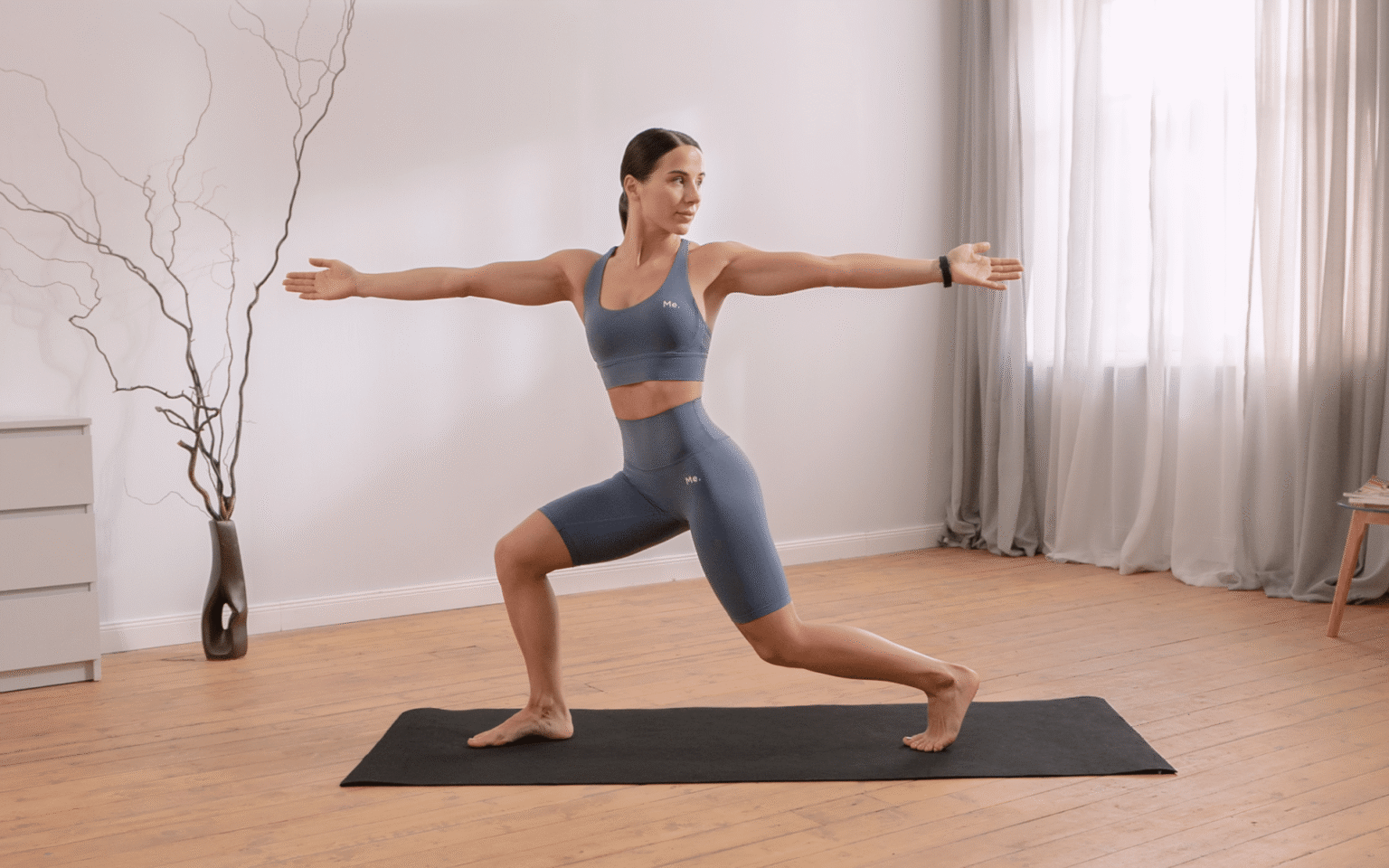Starting a cardio routine can be one of the most rewarding decisions you make for your health. Cardiovascular exercise not only strengthens your heart but also boosts energy, improves mood, and supports weight management. Whether you’re new to fitness or returning after a break, this guide will help you understand cardio basics and how to create a routine you’ll actually stick with.
What is Cardio and Why Is It Important?
Cardio, short for cardiovascular exercise, refers to any physical activity that raises your heart rate and improves circulation. It engages large muscle groups and elevates your breathing and pulse for an extended period.
Key Benefits of Cardio:
- Improves heart and lung function
- Helps burn calories and manage weight
- Reduces risk of chronic diseases (heart disease, diabetes, stroke)
- Enhances mood and reduces stress
- Boosts sleep quality and energy levels
Types of Cardio Exercises for Beginners
The best cardio is the one you enjoy and can do consistently. Here are some low-impact and beginner-friendly options:
1. Walking
- Easiest and most accessible
- Aim for 20–30 minutes a day
- Start slow and increase pace and duration over time
2. Cycling
- Great for joint health and endurance
- Try a stationary bike or outdoor cycling
3. Swimming
- Full-body workout that’s easy on joints
- Ideal for those with arthritis or mobility issues
4. Dancing
- Fun, energizing, and effective
- Try Zumba, online dance workouts, or freestyle at home
5. Jump Rope
- High calorie burn in short bursts
- Start with short intervals and build endurance
6. Elliptical Trainer
- Low-impact and joint-friendly
- Combine resistance and cardio for a well-rounded session
How to Start Your Cardio Routine
1. Set Realistic Goals
Start with manageable targets like:
- Walking 3 times a week for 15–20 minutes
- Completing a 10-minute workout daily
Gradually increase intensity and duration as you build confidence and strength.
2. Warm-Up and Cool Down
- Warm-up for 5 minutes with light activity to loosen your muscles
- Cool down after exercise to lower your heart rate and prevent injury
3. Track Your Progress
Use a fitness tracker, mobile app, or simple journal to:
- Record workouts
- Monitor heart rate
- Celebrate milestones
4. Listen to Your Body
It’s normal to feel tired, but pain is a warning sign. Rest when needed and stay hydrated.
How Often Should Beginners Do Cardio?
For beginners, aim for:
- 150 minutes of moderate-intensity cardio per week, or
- 75 minutes of vigorous activity per week
Break it down into 30-minute sessions, five days a week, or shorter sessions more frequently. Even 10-minute bouts of activity count.
Tips to Stick With Your Cardio Routine
1. Make It Enjoyable
Choose activities that make you feel good, not forced. Mix it up to avoid boredom.
2. Schedule It Like an Appointment
Consistency builds habit. Pick a specific time each day—morning, lunch break, or after work—and stick to it.
3. Find an Accountability Partner
A workout buddy, online community, or personal trainer can provide motivation and encouragement.
4. Keep It Simple
You don’t need fancy equipment. Walking, dancing, or bodyweight movements at home are just as effective when done regularly.
5. Celebrate Progress
Reward yourself for reaching milestones—whether it’s buying new workout gear, enjoying a healthy treat, or simply acknowledging your success.
Common Mistakes to Avoid
- Skipping warm-ups or cool-downs
- Pushing too hard, too soon
- Ignoring form and technique
- Setting unrealistic goals
- Comparing yourself to others
Progress takes time—focus on your journey, not perfection.
FAQs About Cardio for Beginners
1. How soon will I see results from cardio?
You may notice improved energy and mood within a week. Physical changes like weight loss or endurance improvements may take 4–6 weeks with consistent effort.
2. Is walking enough for cardio?
Yes! Brisk walking is an excellent form of moderate-intensity cardio and is perfect for beginners.
3. Do I need a gym membership to do cardio?
Not at all. Many cardio exercises like walking, jogging, dancing, and jump rope can be done at home or outdoors.
4. How do I know if I’m working hard enough?
Use the “talk test”—you should be able to talk but not sing. You can also monitor your heart rate to stay within a safe and effective range.
5. What should I eat before and after cardio?
Eat a light snack with carbs and protein 30–60 minutes before. Afterward, refuel with a balanced meal to support recovery.
6. Can I do cardio every day?
Yes, as long as you listen to your body and vary the intensity to prevent burnout or injury.
7. What’s better—cardio or strength training?
Both are important. Cardio supports heart health and endurance, while strength training builds muscle and boosts metabolism. A balanced routine includes both.
8. What if I miss a day?
Don’t stress—just get back on track the next day. Consistency over time is what matters most.
Conclusion
Cardio doesn’t have to be intimidating. By starting slowly, choosing activities you enjoy, and setting achievable goals, you can develop a heart-healthy habit that supports your overall well-being. The most important step is simply to begin—and keep moving forward, one step at a time. With consistency and patience, you’ll not only boost your fitness but also build a lasting routine you can be proud of.










